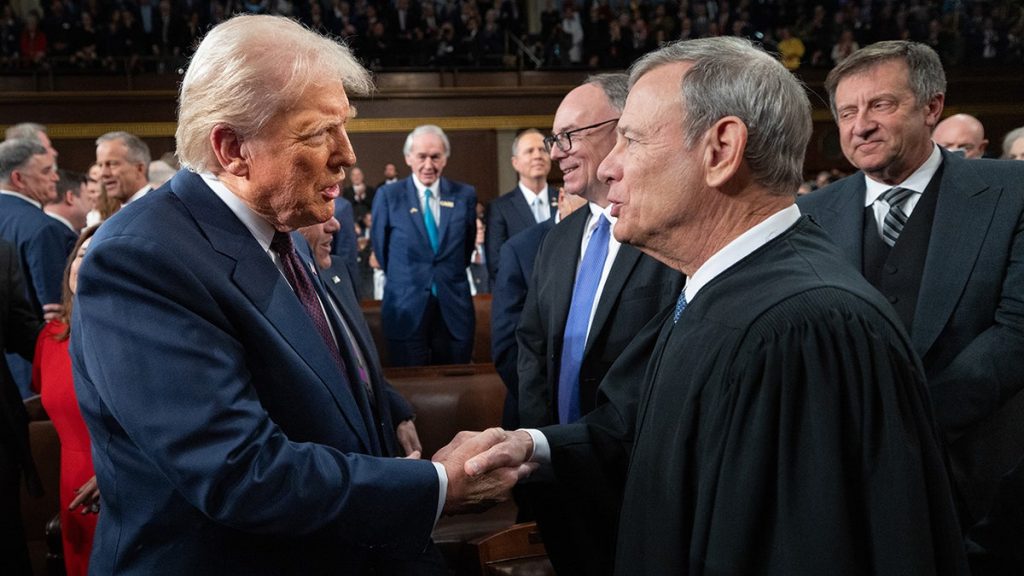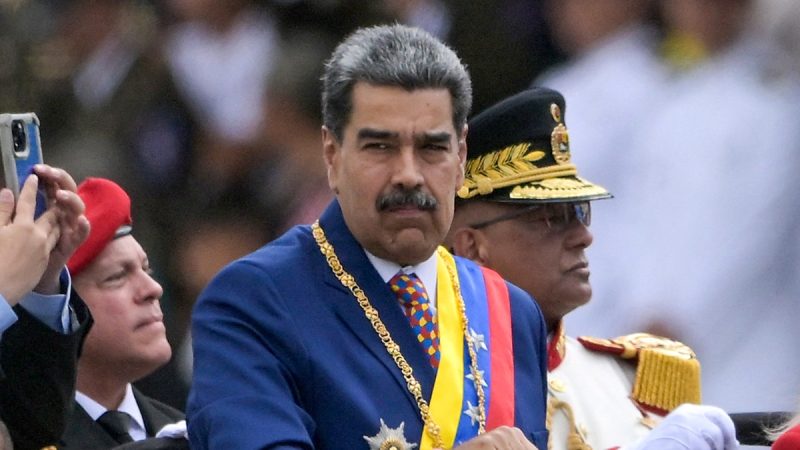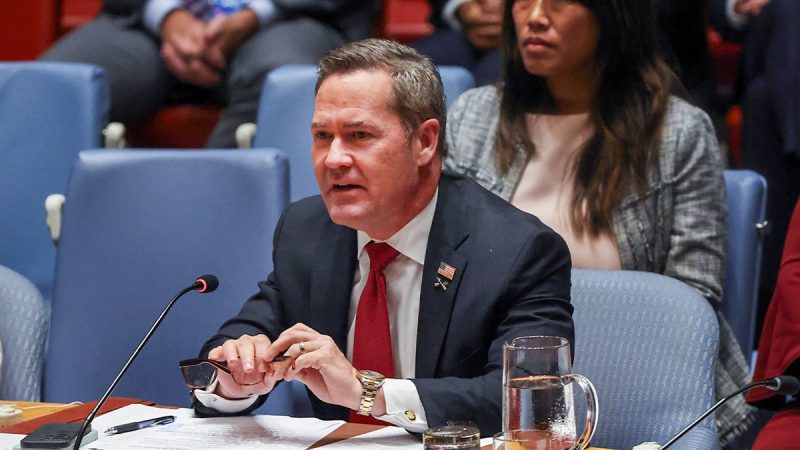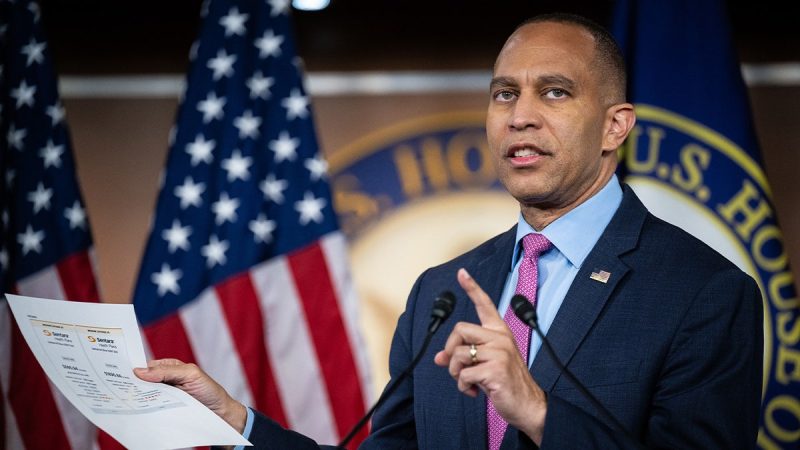Supreme Court’s emergency docket delivers Trump string of wins as final tests loom

President Donald Trump has an almost flawless record on the Supreme Court’s emergency docket this year, a streak that has delivered crucial moments of relief to the government as it fights hundreds of lawsuits challenging the president’s agenda.
The Supreme Court has ruled in Trump’s favor on government cuts, nationwide injunctions, immigration policies and more, leading the White House to tout what it recently counted as 21 victories before the high court.
Those victories are, however, temporary. The upcoming term, which begins Monday, will allow the justices to begin weighing the full merits of some of these court disputes and ultimately cement or undo key parts of the Trump agenda.
Jonathan Adler, a William & Mary Law School professor, attributed the interim wins to the Supreme Court’s desire to narrow the judicial branch’s role in policymaking.
Speaking during a Federalist Society panel this week, Adler said the high court’s thinking might be that ‘lower courts are doing too much. We’re going to scale that back because it’s not our place, and it’s for the executive branch and the legislative branch to figure that out.’
The Trump administration has only challenged about one-fifth of the adverse rulings it has received from the lower courts. Adler said Solicitor General John Sauer, who represents the government, is strategically selecting which cases to bring to the high court.
‘If you go through them, setting Humphrey’s Executor stuff slightly to the side, what they all have in common is that there’s a kind of clear argument that … district courts were a little too aggressive here,’ Adler said.
He acknowledged that some might have a different view, that the Trump administration has been ‘too muscular’ and that court intervention is a necessary check.
The emergency docket, sometimes known as the shadow or interim docket, allows the Trump administration or plaintiffs to ask the Supreme Court to quickly intervene in lawsuits and temporarily pause lower court rulings. The process can take a couple of days, weeks or months, and is viewed as a much speedier, albeit temporary, way to secure court relief than if the high court were to fully consider the merits of a case, which can include a long briefing schedule and oral arguments.
The Supreme Court’s emergency docket this year has been extraordinarily active. Attorney Kannon Shanmugam, who has argued dozens of cases before the high court, said Trump’s high volume of executive actions is partly the reason for that.
‘[An increase in emergency motions] coincides with the rise of executive orders and other forms of unilateral executive action really as the primary form of lawmaking in our country with the disappearance of Congress, and that has posed enormous challenges for the court,’ Shanmugam said.
Through the emergency docket, the Supreme Court has greenlit Trump’s mass firings of career employees and high-profile terminations of Democratic appointees. It has curtailed nationwide injunctions and cleared the way for controversial deportations and immigration stops. The high court has said the government can, for now, withhold billions of dollars in foreign aid and discharge transgender service members from the military.
In other instances, parties on both sides in a court fight have construed Supreme Court outcomes as wins.
In one such order, the Supreme Court said the Trump administration must attempt to return Salvadoran migrant Kilmar Abrego Garcia, whom the government admitted in court to improperly deporting to a Salvadoran prison. But at the same time, the high court noted that district court judges must also be deferential to the executive branch’s authority over foreign policy.
Similarly, the high court said the administration must allow deportees under the Alien Enemies Act a reasonable chance to fight their removal through habeas corpus petitions. The justices have not yet weighed in on the merits of Trump’s invocation of the Alien Enemies Act, one of his most aggressive deportation tactics, which the president employed to swiftly remove alleged Tren de Aragua members.
Conservative lawyer Carrie Severino, president of the legal watchdog JCN, said one criterion the Supreme Court considers when making fast decisions is whether parties are at risk of irreparable harm.
As an example, Severino pointed to the Supreme Court recently allowing Trump to fire Biden-appointed FTC Commissioner Rebecca Slaughter, a case that the high court is now using as a vehicle to revisit in the coming months the 90-year precedent set by Humphrey’s Executor v. United States.
Severino said, ‘If one assumes, ‘Okay, if Trump’s right,’ then this is a serious burden on the government to have a good chunk of their four years being taken up with not being able to actually staff the government as they want to. If Trump’s wrong, then Commissioner Slaughter should have been in that position, and they can remedy that by providing her back pay.’
‘When you’re balancing those types of harms, this is the kind of case where the government’s going to have a leg up,’ Severino said.
In a small defeat for Trump on Wednesday, the Supreme Court declined to allow the president to fire Federal Reserve Governor Lisa Cook and instead said it would hear her case in January. The move was a deviation from the court’s typical posture and underscored its unique view on the Federal Reserve compared with other agencies.
The Supreme Court’s majority has often split along ideological lines and offered little reason for its emergency decisions. This differs from final orders from the court, which can be lengthy and include numerous concurring opinions and dissents.
Attorney Benjamin Mizer, who served as a top DOJ official during the Biden administration, cautioned during the panel that the Supreme Court could reverse its shadow docket positions down the road.
‘As cases reach the court on the merits, we shouldn’t presume that the administration will win them all,’ Mizer said.






